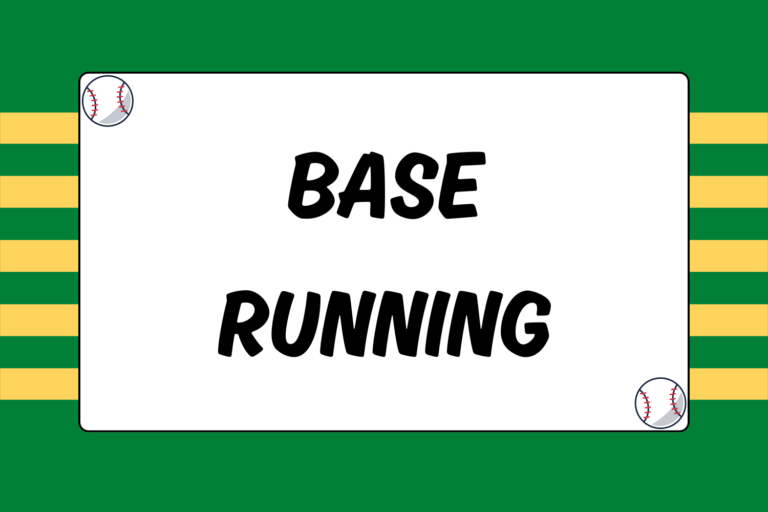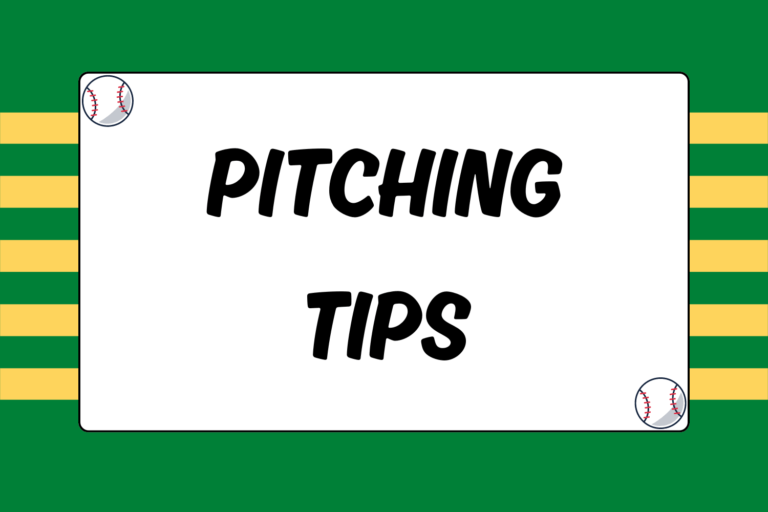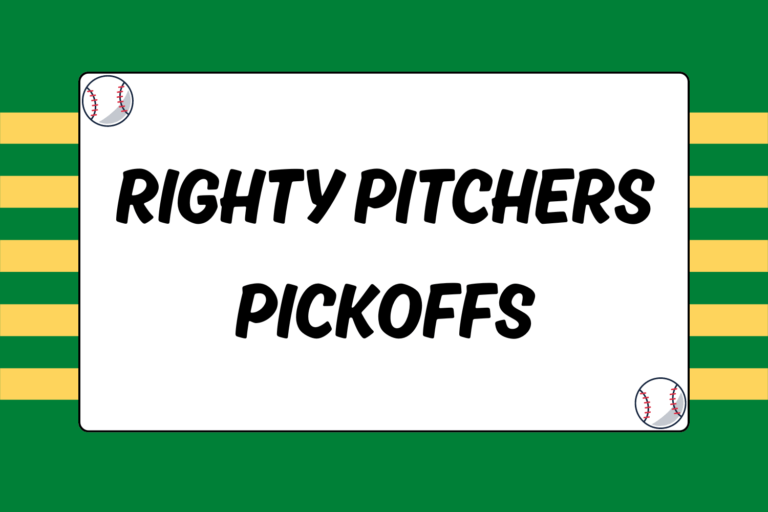The glove is the ballplayer’s most important piece of equipment, and as such it is the one thing all young players must obtain before their first practice or game. Gloves can be expensive, but with proper care they can last several years. There is also a great deal of variety out there when it comes to style, size, and design. So whether you’re a seasoned veteran or brand new to the game, it’s important to be well-informed and select a glove that best suits you.
Defensive Position
The first thing to consider when choosing a glove is the position for which it will be used. Even for beginners, different positions necessitate different types of gloves.
Catcher
Most of the positions require a glove with a few specific qualities. If you play catcher, the choice is pretty simple: you need a catcher’s mitt. Easily distinguished from other gloves, catcher’s mitts have an oval-shaped pocket and significantly more padding. Catching is arguably the most difficult position on the field, so when selecting a catcher’s mitt, it is important to pick one that fits comfortably.
In addition, catcher’s mitts cannot be used at any other position, so it would be advisable to only buy a catcher’s mitt if you plan on playing catcher regularly. On the other hand, catcher’s mitts are durable and take a long time to fully break in. A good quality catcher’s mitt is potentially a smart investment.
First Base
First basemen also use a special glove, which is typically bigger, with a deeper pocket and more padding along the thumb. First baseman’s mitts actually have less padding in the palm area, but are designed to have more room to catch the ball in the pocket. Like catcher’s mitts, first baseman’s mitts can only be worn at first base. An important note for young players at lower levels (Little League, etc.) is that a first baseman’s mitt is not vital to playing first base. It can be helpful, but since most young players play multiple positions, it might be smarter to buy a normal glove and use it at several positions, instead of spending money on two or three different types of gloves.
Infield
Infielders wear the smallest gloves on the field. This is due to the necessity for second basemen, shortstops, and third basemen to be able to field the baseball and quickly transfer it to the throwing hand in order to make a play. Many infielders favor smaller gloves because they can feel the ball better when fielding ground balls, but this is a matter of preference. Ultimately, players who specialize in the infield will want a glove that’s comfortable, well broken in, and not too large.
Outfield
Outfielders usually wear bigger gloves, with longer fingers and deeper pockets, because their position places a higher priority on securing a catch than making a quick throw. There are gloves that are specifically designed to be outfielder’s gloves, which are what you want if you plan on specializing in the outfield. However, as with infielders, young players who play several positions may be better off with a normal-sized glove, which should be more than sufficient for outfield play and allow players to be more versatile.
Pitcher
Finally, pitchers typically use gloves with the most generic design. Size and style are less important for pitching, so most pitchers will use a glove that feels comfortable and allows them to hide their pitches. For young players, the glove you use for other positions should be fine for pitching as well. It is also important to note that some levels of baseball do not allow pitchers to use gloves that are two-toned (more than one color of leather), but this will not typically be an issue for beginners.
Glove Size
Size is probably the most important factor to consider when buying a glove. Gloves used for specific positions have sizes that are typically associated with them, but it is important to choose a glove that fits the individual player well. Glove sizes are measured by length, and usually range from 8” to 13”. For players in high school and above, infield gloves are typically between 10” and 11” and outfield gloves tend to be at least 12”. Pitchers’ gloves can pretty much be any size, but most will select one big enough to fit the entire hand, so as not to give away pitch grips.
Young players will most likely want to select a glove in the 9”-11.5” range depending on the size of the player’s hand. Ultimately, you want to find a glove that’s fairly tight on your hand, but fits comfortably without rubbing any spot on your hand excessively. Beginners should also consider that they are likely to grow into — or out of — a glove over time.
Pocket Web Design
The design of a glove’s web, or pocket, is probably the most variable part of selecting a glove. However, with a few exceptions, it will not make a significant difference which type of design you choose. The standard web, which is more or less a single piece of leather, is fairly common for all types of gloves. Such is also the case for basket webs, which are made from thin interlocking leather strips. These are the two most popular designs for pitchers because they leave no open spaces and therefore allow pitchers to hide their pitches.
The trap web, utilized mostly in outfield gloves, is a thin strip of leather connected to either side with lace weaving. The most common designs for infield gloves are the H-web and I-web. These are so named because the strips of leather in the pocket form the shape of an H and I, respectively.
Cost
Cost is going to be an extremely significant factor in selecting a glove, particularly for young players. Gloves can range in price from $20 to more than $200. The price of a glove typically correlates to the quality of the leather and craftsmanship, but that does not necessarily mean the most expensive gloves will be the best fit for you. It is not terribly difficult to find a quality glove for under $100.
Most importantly, though, you want to choose one that fits your needs. In many cases, it may be worth spending a lot of money on a glove, since it will last a long time. However, beginners might want to consider a less expensive glove because they are likely to outgrow it before the glove degrades in quality.
Amazingly True Story
On September 3, 1986, San Francisco Giants rookie pitcher Terry Mulholland was using what he called “a fairly new glove” when he fielded a hard ground ball off the bat of New York Mets slugger Keith Hernandez. Mulholland reached into his mitt only to find the ball was lodged in the webbing. Thinking quickly, the southpaw tossed his glove over to first baseman Bob Brenly with the ball in it to record the out.
Breaking In Your Glove
The theories on the best way to break in a glove are endless. Treating it with oil or shaving cream is fairly popular and can also help preserve the leather. When a glove is brand new, it’s a good idea to keep a baseball in it at all times so the pocket will form to the desired shape. Some people like to keep gloves under a mattress or other heavy objects. A few have even suggested that putting a glove in an oven on low heat is a good way to soften the leather.
Regardless of your preference, the best way to work a new glove into playing condition is to use it. Catching a ball repeatedly can be difficult when the glove is stiff, but will eventually break in the leather.
It is also important to take good care of your glove. Avoid tossing it into a bag along with your bat and cleats, because the glove can get dirty or accidentally misshapen. The longer you can keep the same glove, the more comfortable you will feel with it. So treat it with care.





